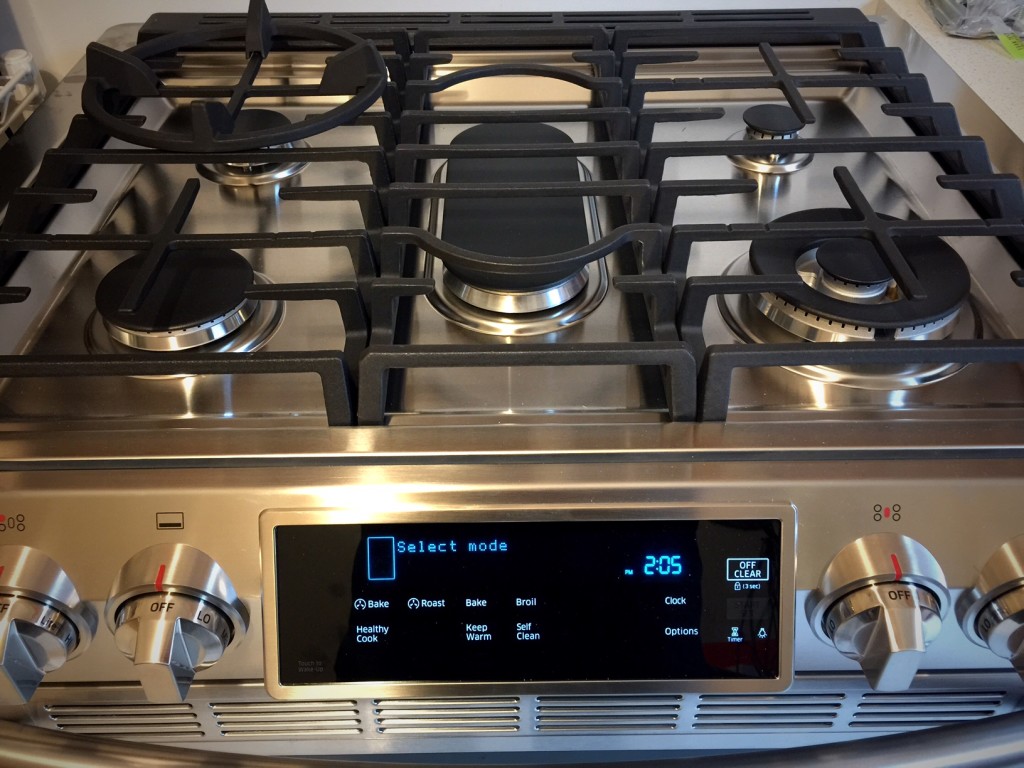stove — Викисловарь
Содержание
- 1 Английский
- 1.1 stove I
- 1.1.1 Морфологические и синтаксические свойства
- 1.1.2 Произношение
- 1.1.3 Семантические свойства
- 1.1.3.1 Значение
- 1.1.3.2 Синонимы
- 1.1.3.3 Антонимы
- 1.1.3.4 Гиперонимы
- 1.1.3.5 Гипонимы
- 1.1.4 Родственные слова
- 1.1.5 Этимология
- 1.2 stove II
- 1.2.1 Морфологические и синтаксические свойства
- 1.2.2 Произношение
- 1.2.3 Семантические свойства
- 1.2.3.1 Значение
- 1.2.3.2 Синонимы
- 1.2.3.3 Антонимы
- 1.2.3.4 Гиперонимы
- 1.2.3.5 Гипонимы
- 1.2.4 Родственные слова
- 1.2.5 Этимология
- 1.1 stove I
Морфологические и синтаксические свойства[править]
| ед. ч. | мн. ч. ч. |
|---|---|
| stove |
stove
Существительное.
Произношение[править]
- МФА (Великобритания): ед. ч. [stəʊv], мн. ч. []
- МФА (США): ед. ч. [stoʊv]
мн. ч. [](файл)
Семантические свойства[править]
Значение[править]
- печь, печка ◆ Отсутствует пример употребления (см. рекомендации).
- амер. кухонная плита ◆ Отсутствует пример употребления (см. рекомендации).
- преим. брит. теплица, оранжерея ◆ Отсутствует пример употребления (см. рекомендации).
- сушилка, сушильная камера ◆ Отсутствует пример употребления (см. рекомендации).
- каминная решётка ◆ Отсутствует пример употребления (см. рекомендации).
- печь для обжига и сушки ◆ Отсутствует пример употребления (см. рекомендации).
Синонимы[править]
- oven
- cooker, range
- hothouse, greenhouse
- grate
- kiln
Антонимы[править]
Гиперонимы[править]
Гипонимы[править]
Родственные слова[править]
Этимология[править]
Для улучшения этой статьи желательно:
|
Морфологические и синтаксические свойства[править]
stove
Прилагательное.
Произношение[править]
- МФА (Великобритания): [stəʊv]
- МФА (США): [stoʊv]
(файл)
Семантические свойства[править]
Значение[править]
- печной ◆ Stove heating — Печное отопление
- тепличный ◆ Stove plant — Тепличное растение
Синонимы[править]
Антонимы[править]
Гиперонимы[править]
Гипонимы[править]
Родственные слова[править]
Этимология[править]
Для улучшения этой статьи желательно:
|
WindBurner® Personal Backpacking Stove System
WindBurner Personal Stove System Instructions – EnglishWindBurner Personal Stove System Instructions – Cesky [Czech]WindBurner Personal Stove System Instructions – Nederlands [Dutch]WindBurner Personal Stove System Instructions – Suomi [Finnish]WindBurner Personal Stove System Instructions – Français [French]WindBurner Personal Stove System Instructions – Deutsch [German]WindBurner Personal Stove System Instructions – Italiano [Italian]WindBurner Personal Stove System Instructions – 日本語 [Japanese]WindBurner Personal Stove System Instructions – 한국어 [Korean]WindBurner Personal Stove System Instructions – Norsk [Norweigan]WindBurner Personal Stove System Instructions – Pусский [Russian]WindBurner Personal Stove System Instructions – Español [Spanish]
Which WindBurner® Pots can I use with which stoves?
WindBurner pots must be used only with WindBurner stoves. This is because the pot and stove are specifically engineered to create an integrated system.
This is because the pot and stove are specifically engineered to create an integrated system.
There are currently two WindBurner stove designs. The original threads directly onto the top of the canister. It is available only in the smallest WindBurner system, the Personal 1.0 L System.
In 2017, we introduced the remote-canister design, in which the stove is remotely connected to the canister by a fuel line. This new design supports larger pots and is available in the WindBurner Duo System,Group System and Combo System.
Compatibility
Every WindBurner pot is compatible with the new remote-canister stove. It provides the necessary stability needed for the larger pots. Therefore, the remote-canister stove is compatible with:
- Personal Pot 1.0 L
- Duo Pot 1.8 L
- Skillet
- 2.5 L Group Sauce Pot
- 4.5 L Stock Pot
If you own the 1.0 L Personal system or a first-gen 1.8 L system and your stove mounts on top of the canister, you may use these pots:
- Personal Pot 1.

- Duo Pot 1.8 L
- Skillet
Do not use the larger 2.5 L Group Sauce Pot or 4.5 L Stock Pot on this top-mounted stove; the larger pots are less stable on this stove.
Do I need to upgrade my WindBurner® to the new remote-canister stove design?
It depends on your cooking preferences.
The new remote-canister stove burner is a more versatile stove design because it provides the ability to cook with the new larger WindBurner pots. If you plan to cook for groups or make more elaborate meals in the backcountry, the new remote-canister stove is an excellent choice. It comes in the new WindBurner Duo System, the Group System and the Combo System.
If you simply want to boil water fast, and your party size is typically only 1-3 people, the 1.0 L Personal System or the first-generation 1.8 L System (which feature the stove that mounts directly on the canister) remain great options.
Are camping fuel canisters refillable?
No, backpacking fuel canisters, such as MSR’s IsoPro canisters, are not refillable. When buying fuel in a foreign country, ensure that the canisters you’re purchasing have not been used and refilled, as this practice can create a dangerous situation.
MSR’s Warranty & Repair Shop in Seattle offers free canister recycling for those who are able to drop their canisters off at the shop.
When buying fuel in a foreign country, ensure that the canisters you’re purchasing have not been used and refilled, as this practice can create a dangerous situation.
MSR’s Warranty & Repair Shop in Seattle offers free canister recycling for those who are able to drop their canisters off at the shop.
Can I use any pot on a WindBurner® stove?
Because of the WindBurner stove’s unique radiant burner design, only WindBurner pots may be used on WindBurner stoves. It’s important to remember that each WindBurner stove system is just that—a system, which requires its burner and its specially engineered pot. All WindBurner pots feature a heat exchanger on the bottom. The WindBurner’s radiant burner is designed specifically to work with this heat exchanger. Together, the heat exchanger and radiant burner create a windproof, highly efficient system for backcountry cooking. It’s for this reason that generic pots are not compatible with the WindBurner stove.
Can I run the canister inverted with my WindBurner® Stove?
No, the WindBurner is not designed to be used this way. To achieve similar performance to an inverted canister in cold weather and with low fuel, the WindBurner uses a built-in pressure regulator. This regulator design allows the stove to deliver a faster and more consistent cooking experience than using the canister inverted, down to 32 ◦ F/0◦ C canister temp.
Do not invert the canister on your WindBurner stove. Doing so can lead to extremely dangerous flare-ups or liquid fuel build up. The fuel line connection was intentionally designed without a swivel connection to prevent such use. If you wish to use the WindBurner in temperatures below freezing, place the canister in a bowl of water. As long as the canister stays above freezing, it will operate at full output, providing fast boil times and excellent fuel efficiency.
Are there videos showing stove use and maintenance?
Yes. We currently have these videos available demonstrating use and maintenance for our liquid-fuel stoves.
We currently have these videos available demonstrating use and maintenance for our liquid-fuel stoves.
- Using your MSR liquid-fuel stove
- MSR Pump maintenance
- XGK maintenance
- WhisperLite maintenance
- DragonFly Maintenance
Can I send in my stove to be serviced?
Yes. Our Product Service Department can perform services for a modest price. You can contact them Monday through Friday from 8 a.m. to 4 p.m. PST at 800.531.9531 or 206.505.9500.
How do I fly/travel with my stove?
Each airline has different rules regarding the transportation of camping stoves. Please ask your airline about their regulations.
Please note: Carrying flammable fuel on passenger aircraft in carry-on or checked luggage is forbidden. Before transporting fuel bottles on passenger aircraft, safely empty all fuel, wash inside with soapy water, rinse thoroughly, air dry, and stow bottle uncapped.
Check for the latest regulations on the TSA website.
Where do I get fuels in foreign countries and what other types of fuel can I use?
Camping fuel (white gas) is sold in a variety of places worldwide. If you can’t find fuel in an outdoor store, try a gas station or hardware store. For translations and general availability of fuels around the world see the chart at the bottom of this blog post.
Liquid Fuel Stoves — If you have a multi-fuel stove, like the XGK™, DragonFly™ or WhisperLite™ Internationale stoves, try kerosene. Just remember to use the “k” jet included with your stove (Marked K, GK, or DK depending on the stove).
Canister Fuel Stoves — PocketRocket™, WindPro™, and Reactor® stoves will only accept threaded, self-sealing canisters. If you have a SuperFly™ stove, it will work on both threaded and non-threaded self-sealing canisters, like Campingaz branded canisters.
What pumps are compatible with what stoves?
MSR standard stove pumps (Grey and Red or Grey and Black) are compatible with all MSR liquid fuel stoves, except the DragonFly&trade stove.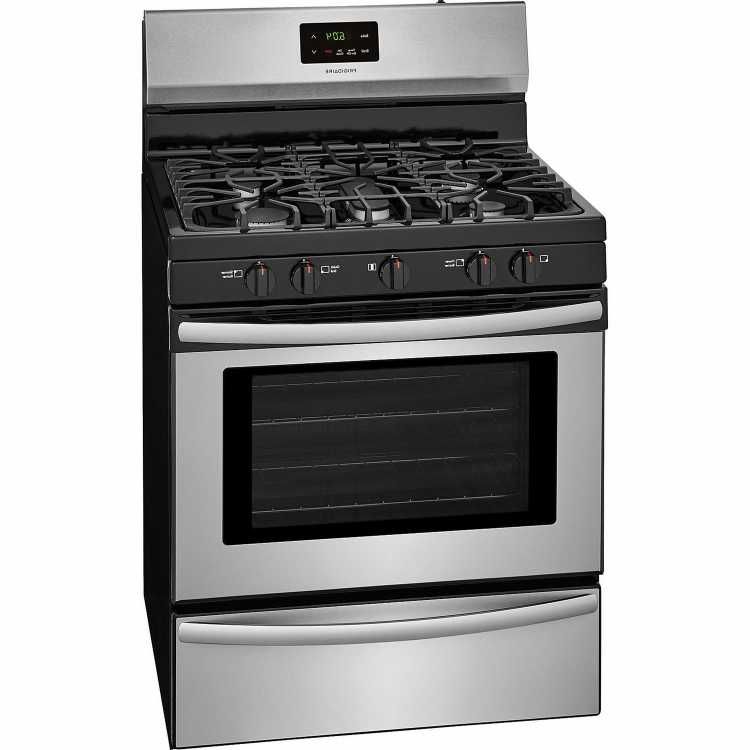 DragonFly-specific pumps (Red and Red or Teal and Red) will only work with DragonFly stoves.
DragonFly-specific pumps (Red and Red or Teal and Red) will only work with DragonFly stoves.
How do I clean the DragonFly™ stove valve?
Only clean the inside of the Cool Fuel valve if you have less than 1.5 total revolutions of the Flame Adjuster when fully assembled.
- Remove Flame Adjuster, Jet and Shaker Jet needle. For best results allow fuel line to completely dry out on the inside.
- Assemble the wire handle from the Flame Adjuster onto the DragonFly cleaning tool.
- Insert DragonFly cleaning tool into flame adjuster tube and rotate clockwise while applying firm, but not excessive, force. After 20 turns remove the DragonFly cleaning tool. Shake out debris by tapping fuel line on clean hard surface and allowing deposits to fall out of fuel line through Flame Adjuster port. Reassemble Flame Adjuster and count the number of full revolutions, If less than 1.5 repeat cleaning. After cleaning is done install Flame Adjuster and flush out the fuel line.

How do I flush the DragonFly™ fuel line?
Flushing is required any time valve cleaning has been performed.
- Connect stove to Fuel Bottle with DragonFly Pump as if assembling for operation. (Do not include windscreen or Heat Reflector).
- Remove Flame Spreader, Jet and Shaker Jet Needle.
- Turn On/ Off Valve and Flame Adjuster ON and allow fuel to run through fuel line for 30 seconds. CAUTION: Always flush away from any ignition source. Spilled fuel is a fire hazard! Light stove away from cleaning area and only after residual fuel on stove has evaporated.
- Reinstall Shaker Jet Needle, Jet and Flame Spreader.
- Light stove. While stove is lit, adjust output several times through full range of flame. This may loosen remaining deposits.
- If clogging persists, repeat flushing process. Two or three flushing cycles are often required to completely clean out deposits.
How do I replace the fuel line filter in the DragonFly™ stove?
The fuel line filter is in the stove’s fuel tube adapter; this is the brass tube that goes into the fuel pump. To remove the filter, take a safety pin and push the sharp point through the middle of the filter. Carefully pry the filter out and discard it. To install a new filter, place the filter on a hard surface such as a table top, push the fuel tube adapter straight down onto the filter so that the filter is inserted flush with the end of the fuel tube adapter. It is normal for a small amount of plastic from the filter to be shaved off as the filter is installed; simply rub or cut off the excess material.
To remove the filter, take a safety pin and push the sharp point through the middle of the filter. Carefully pry the filter out and discard it. To install a new filter, place the filter on a hard surface such as a table top, push the fuel tube adapter straight down onto the filter so that the filter is inserted flush with the end of the fuel tube adapter. It is normal for a small amount of plastic from the filter to be shaved off as the filter is installed; simply rub or cut off the excess material.
Why won’t my stove prime / light?
There are several reasons your stove may not be priming or lighting. The most common one is that the jet is clogged. First try cleaning your jet. Shaker jet stove owners simply shake your stove vigorously up and down. Non shaker jet stove owners use the jet cleaning wire that was provided with your stove to poke out any debris that may be blocking the passage of fuel. If unscuccessful, remove jet and clean, then hold the jet up and look through hole to make sure it is clear, crisp, and round. If that doesn’t resolve the problem, you will need to clean the fuel line.
If that doesn’t resolve the problem, you will need to clean the fuel line.
My liquid-fuel stove lights, but has a very weak flame.
There are several reasons your stove may have a weak flame. The most common one is that the jet and fuel line are clogged from use or from old degraded fuel.
First, try cleaning your jet. Shaker Jet stove owners simply shake your stove vigorously up and down. Non-Shaker Jet owners use the jet cleaning wire that was provided with your stove to poke out any debris that may be blocking the passage of fuel. If that does not resolve the problem, you will need to clean the fuel line.
It may also be that the fuel you are using is old. Over time, white gas degrades. The type and quality of fuel, and its exposure to air and heat will affect how fast this degradation happens. Old fuel will clog fuel lines and should be avoided.
See Cleaning the Fuel line for the WhisperLite, WhisperLite Internationale, SimmerLite & XGK EX stoves.
Can I upgrade my old MSR stove to the new Shaker Jet model?
Possibly. Please contact the customer service center for a recommendation.
Can I upgrade my WhisperLite stove to a WhisperLite Internationale stove?
No, the larger diameter generator tube on a WhisperLite Internationale stove will not fit through the slot on the WhisperLite flame reflector.
I can’t find white gas anywhere; is Coleman fuel the same thing?
Yes, Coleman fuel is a white gas. We also make a high quality white gas that will reduce clogging (MSR SuperFuel™). Crown and Camplite also make white gas. MSR SuperFuel white gas, Crown Camping Fuel, and Camplite Camping Fuel are available at your local outdoor stores.
Can you simmer with an MSR liquid-fuel stove?
Our award-winning DragonFly™ stove has a fully adjustable flame, which makes simmering a breeze. However, with other MSR liquid fuel stoves, the most efficient way is to run the stove with extremely low pressure in the fuel bottle. A couple of pump strokes in a half-full bottle are optimal.
However, with other MSR liquid fuel stoves, the most efficient way is to run the stove with extremely low pressure in the fuel bottle. A couple of pump strokes in a half-full bottle are optimal.
Can I leave my fuel pump in the bottle?
Yes, there is no problem with leaving the pump in the bottle. However, we recommend that the pressure is released when not in use. Do this by slowly unscrewing the pump, away from open flames, while holding the bottle upright.
Why does my cable become stuck and how can I remove it?
In general, cables become stuck due to a lack of Fuel Line cleaning and maintenance. Diminished stove performance also results from lack of maintenance. Therefore, it is important to perform routine maintenance on your stove.
Stuck cables can be removed by performing the following procedure: First, begin by familiarizing yourself with different parts of the Fuel Line, which are described in your stove instructions. Following the stove instructions, remove the Fuel Line from the Burner Assembly. Note: The DragonFly stove does not have a cable. For XGK model stoves, leave the Fuel Line and Enclosure intact while performing the following procedure. Remove the Jet by using the Jet and Cable Tool; turn Jet counterclockwise to loosen and remove. Using a common lubricant spray, direct the “straw” inside the Elbow and spray a small amount, such that the lubricant is directed inside the Fuel Line. Note: Orienting the Fuel Line vertically will facilitate better flow of lubricant into the Fuel Line. Let the Fuel Line soak for a short time; after which, refer to your stove instructions for Cleaning the Jet and Fuel Line. Pliers may have to be used to remove a cable that cannot be pulled out with the Jet and Cable Tool, regardless of using a lubricant. If pliers are used, grip the weld at the tip of the cable only. Do not grip the cable itself as this might result in fraying. A frayed cable can damage the Fuel Tube O-ring when connecting the stove with the pump; damaged O-rings can result in a dangerous fuel leaks, fire and personal injury.
Following the stove instructions, remove the Fuel Line from the Burner Assembly. Note: The DragonFly stove does not have a cable. For XGK model stoves, leave the Fuel Line and Enclosure intact while performing the following procedure. Remove the Jet by using the Jet and Cable Tool; turn Jet counterclockwise to loosen and remove. Using a common lubricant spray, direct the “straw” inside the Elbow and spray a small amount, such that the lubricant is directed inside the Fuel Line. Note: Orienting the Fuel Line vertically will facilitate better flow of lubricant into the Fuel Line. Let the Fuel Line soak for a short time; after which, refer to your stove instructions for Cleaning the Jet and Fuel Line. Pliers may have to be used to remove a cable that cannot be pulled out with the Jet and Cable Tool, regardless of using a lubricant. If pliers are used, grip the weld at the tip of the cable only. Do not grip the cable itself as this might result in fraying. A frayed cable can damage the Fuel Tube O-ring when connecting the stove with the pump; damaged O-rings can result in a dangerous fuel leaks, fire and personal injury.
How do I remove a stuck jet?
The following tip applies to both models of the WhisperLite stove, the SimmerLite stove, and the WindPro stove.
Note: Stuck Jets on the DragonFly and XGK stoves can be removed with a large screwdriver or a leverage-providing implement used in combination with the Jet and Cable Tool. See Stove Instruction Manual.
Stuck Jets can be removed by performing the following procedure: First, begin by familiarizing yourself with the Mixer Tube and different parts of the Fuel Line, these are described in your stove instructions. Following the stove instructions, remove the Fuel Line from the Burner Assembly. Once the Fuel Line is removed and free from the Legs, turn the Burner Assembly “upside-down,” placing it on a bench is preferable, with the slotted end of the Mixer Tube facing up. Then, orient the Fuel Line so that the Jet is also facing up. Re-insert the Elbow into the Mixer Tube, but the “wrong way,” with the Jet exposed rather than hidden, in other words the Jet should be “sticking out” so that it can be accessed with the Jet and Cable Tool. While supporting the Fuel Line and Burner Assembly, use the Jet and Cable Tool to unscrew the Jet, turning it in a counterclockwise fashion. For Jets that are severely stuck, a screwdriver may be placed through the “air hole” in the side of the Mixer Tube so that additional leverage is provided. Note: This configuration provides support for the Fuel Line so that it does not bend while the stuck Jet is being unscrewed.
While supporting the Fuel Line and Burner Assembly, use the Jet and Cable Tool to unscrew the Jet, turning it in a counterclockwise fashion. For Jets that are severely stuck, a screwdriver may be placed through the “air hole” in the side of the Mixer Tube so that additional leverage is provided. Note: This configuration provides support for the Fuel Line so that it does not bend while the stuck Jet is being unscrewed.
What do I use to lubricate the fuel line before putting it in the pump?
We recommend MSR Pump Cup Oil (which is the same as Mineral Oil ). A tube of Pump Cup Oil is included with every MSR stove. If you have an older model stove that did not come with Pump Cup Oil, you can purchase a tube of it at your local MSR dealer. You can also use saliva or any NON-petroleum based lubricant. It is important to lubricate the fuel line in order to protect the tube o-ring.
How do I avoid the black soot that deposits on the bottom of my stove after I prime it?
Avoid the black soot by priming with alcohol or a priming paste (available at most camping stores).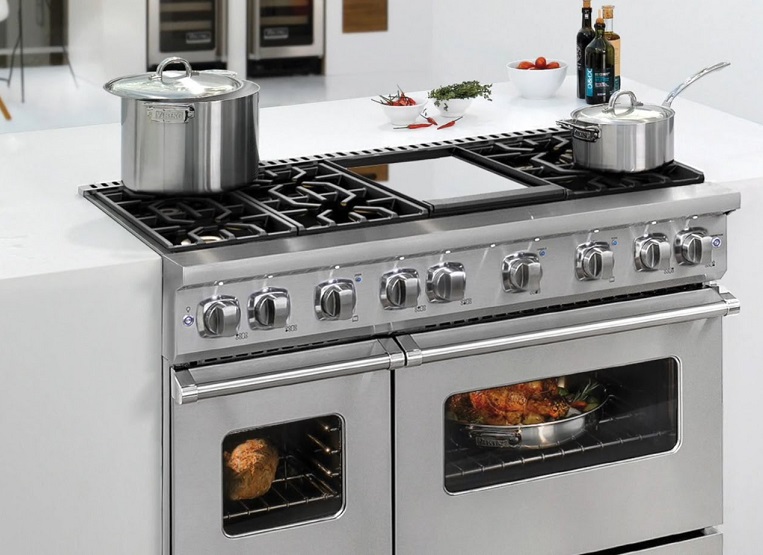 NOTE: Alcohol will NOT generate enough heat to prime your stove if you are burning kerosene or jet fuel. For these fuels prime your stove as described in the instructions.
NOTE: Alcohol will NOT generate enough heat to prime your stove if you are burning kerosene or jet fuel. For these fuels prime your stove as described in the instructions.
Can I burn alcohol in my MSR stove?
No, MSR stoves will not burn alcohol, and alcohol will damage MSR Fuel Bottles.
What happens if water or snow gets inside the Reactor® stove burner head?
Remove the fuel canister and simply shake out as much liquid/snow, etc. as possible. Re-mount the stove on canister and light, following the stove’s included directions. You will see some steam as the remaining liquid vaporizes. The burner may not glow completely red until all water is gone, but there should be no further complications.
Always completely dry the Reactor stove before storing.
Газовые плиты будут запрещены в новых зданиях Нью-Йорка
Нью-Йорк|Нью-Йорк запретит природный газ, включая плиты, в новых зданиях
https://www. nytimes.com/2023/04/28/nyregion/gas- плита-бан-ny.html
nytimes.com/2023/04/28/nyregion/gas- плита-бан-ny.html
Реклама
Продолжить чтение основного материала
Губернатор Кэти Хоукул в четверг объявила о сделке государственного бюджета с первым общегосударственным запретом на использование природного газа в новых зданиях.
Газовые плиты будут запрещены в Нью-Йорке в соответствии с новым бюджетным соглашением, заключенным на этой неделе. Кредит… Скотт Олсон / Getty Images
Нью-Йорк вскоре может стать первым штатом в стране, который запретит использование природного газа в новом строительстве в соответствии с бюджетным соглашением, объявленным губернатором Кэти Хоукул.
Предложение, обнародованное в четверг вечером, было приоритетным для экологических групп, которые считают его важным шагом в снижении зависимости Нью-Йорка от ископаемого топлива и помощи в достижении целей по сокращению выбросов. Но против него выступила нефтегазовая промышленность, а некоторые потребители отнеслись к нему скептически.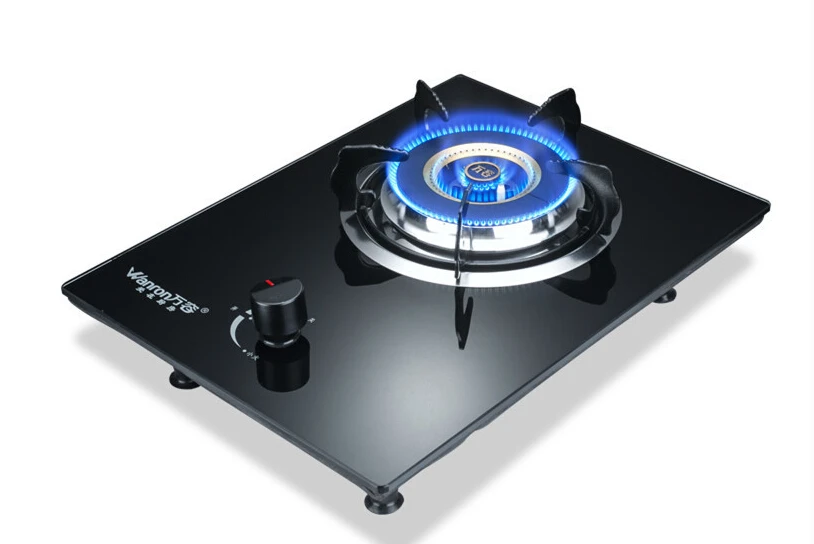
Экологические группы предупредили, что детали плана все еще неясны, и заявили, что обеспокоены тем, что он может содержать положение, позволяющее местным органам власти фактически наложить вето на эту меру. Но Кэти Зелински, пресс-секретарь офиса губернатора, заявила в пятницу, что такая мера не была включена в сделку.
«В новом законе не будет лазеек, которые могли бы подорвать цель этой меры», — сказала г-жа Зелински. «У муниципалитетов не будет возможности отказаться».
Это часть обширной сделки по государственному бюджету на сумму 229 миллиардов долларов, объявленной губернатором, которая завершила недели горячих переговоров, которые задержали принятие бюджета почти на месяц. Ожидается, что законодатели штата проголосуют за сделку на следующей неделе.
Нью-йоркский запрет станет значительным расширением общенационального движения, направленного на борьбу с изменением климата, частично за счет сокращения использования газа и нефти. Предыдущие запреты были введены на уровне городов в других левых штатах, включая Калифорнию, Массачусетс и Вашингтон.
Г-жа Хоукул заявила в четверг, что сделка представляет собой «концептуальное соглашение», основные положения которого необходимо «доработать» до проведения окончательного голосования. Предлагаемый запрет не будет распространяться на существующие здания.
Г-жа Зелински сказала, что эта мера также позволит сделать исключения для объектов, которым может потребоваться использование ископаемого топлива для аварийного резервного питания, включая больницы и лаборатории. И она сказала, что офис губернатора все еще «выясняет», как эта мера будет применяться к новому строительству в районах, где электрическая сеть может не соответствовать поставленной задаче.
«Мы все еще рассматриваем вопросы надежности, то есть если есть предложение построить новое здание после 2025 года, но в этом регионе не хватает электроэнергии, как мы будем с этим справляться?» она сказала. «Мы не хотим строить новые здания, если в местной сети нет энергии для их питания».
Республиканцы по всей стране и в Нью-Йорке высмеивали идею запрета газовых подключений в новостройках как злоупотребление властью. Его включение в бюджетное соглашение подверглось критике со стороны противников г-жи Хоукул, в том числе Ли Зельдина, бывшего члена Конгресса, которого она с небольшим перевесом победила в ноябре прошлого года, обеспечив себе свой первый полный срок.
Его включение в бюджетное соглашение подверглось критике со стороны противников г-жи Хоукул, в том числе Ли Зельдина, бывшего члена Конгресса, которого она с небольшим перевесом победила в ноябре прошлого года, обеспечив себе свой первый полный срок.
«Демократы, с энтузиазмом сметающие Нью-Йорк с землей, собираются принять общегосударственный запрет на подключение газа к новостройкам», — написал он в Twitter. «Кэти Хоукул и ее соратники быстро отслеживают нисходящую спираль некогда величайшего государства».
Аналогичный запрет, принятый в Нью-Йорке в 2021 году, вступит в силу в декабре, когда во всех новых зданиях короче семи этажей будет запрещено подключение газа, что фактически потребует полностью электрического отопления и приготовления пищи. Эта мера не будет применяться к более высоким зданиям до 2027 года9.0003
Природный газ широко используется в Соединенных Штатах. По данным Министерства энергетики США, 61% американских домохозяйств использовали природный газ для отопления помещений, нагрева воды или приготовления пищи в 2020 году — самом последнем году, за который имеются данные.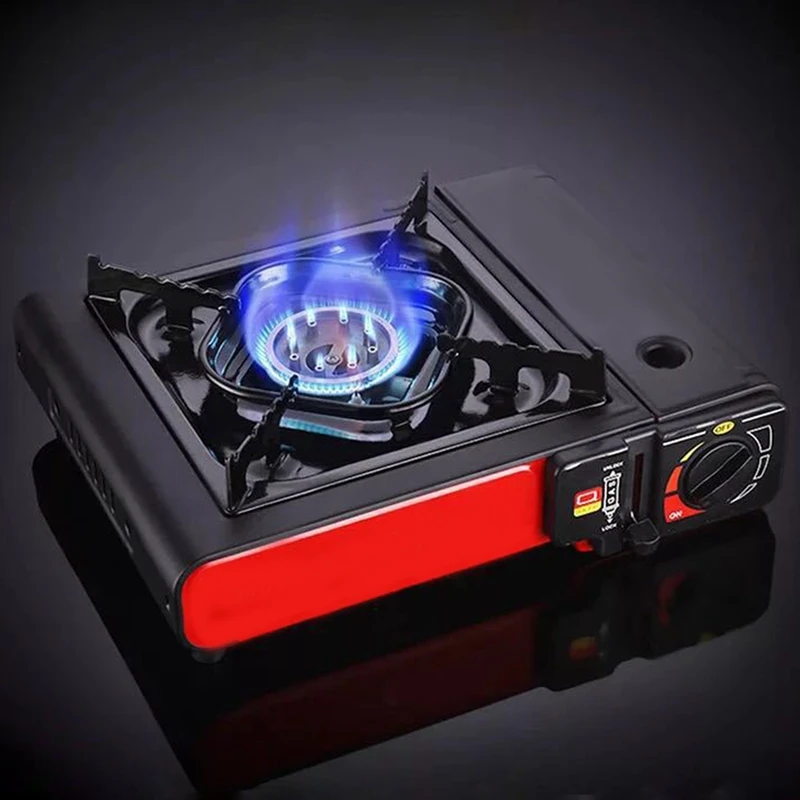
Это число выше на северо-востоке, где 67 процентов домов используют газ, в том числе 52 процента домохозяйств в штате Нью-Йорк.
В дополнение к экологическим проблемам, связанным с таким распространенным использованием природного газа, некоторые эксперты в области здравоохранения также утверждают, что его использование в домашних условиях, особенно при приготовлении пищи, может представлять риск для здоровья потребителей.
При горении газовые плиты выделяют ядовитые газы, называемые оксидами азота, подобно автомобилям или лодкам, которые раздражают дыхательную систему и, как считается, вызывают астму. Хотя не существует согласованных стандартов безопасности для воздействия оксидов азота в помещении, исследование, опубликованное в прошлом году, показало, что повар, использующий газовую плиту, может быстро превысить национальный стандарт безопасного воздействия на открытом воздухе.
Обсуждение потенциальных рисков для здоровья и окружающей среды газовых плит на федеральном уровне в последние месяцы вызвало негативную реакцию со стороны потребителей и промышленных групп. В январе представитель Белого дома заявил, что президент Байден не поддерживает общенациональный запрет.
В январе представитель Белого дома заявил, что президент Байден не поддерживает общенациональный запрет.
В пятницу защитники окружающей среды заявили, что воздерживаются от аплодисментов до тех пор, пока Законодательное собрание не проголосует за окончательную сделку.
«Жители Нью-Йорка внимательно следят за тем, чтобы окончательный бюджет включал в себя реальные действия и не зависел от газового лобби», — говорится в заявлении коалиции общественных групп штата #GasFreeNY, выступавших за запрет газа. «На первый взгляд, это будет огромная победа, но дьявол кроется в деталях».
Нью-Йорк может стать первым штатом, запретившим газовые плиты в новостройках
Фейсбук Твиттер
Воскресенье, 30 апреля 2023 г. |
Окружающая среда США и мир World & Nation
Нью-Йорк может стать первым штатом, запретившим газовые плиты в новых зданиях.
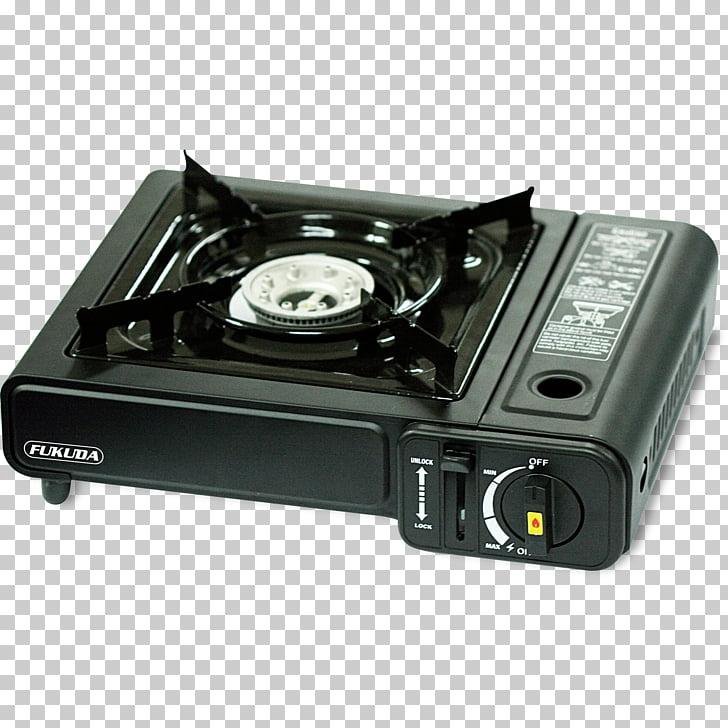 Является ли это началом национального движения за отказ от бытовой техники?
Является ли это началом национального движения за отказ от бытовой техники?По Эшли Нэш
[месяц] [день], [год], [час]:[минута][ampm] [часовой пояс]
газовая плита. 27 апреля 2023 года Нью-Йорк обнародовал предложение запретить установку газовых плит в новостройках.
Ассошиэйтед Пресс
Ожидается, что штат Нью-Йорк станет первым штатом в стране, принявшим меры, запрещающие установку газовых плит в новых домах, сообщает The New York Times.
Новости: В попытке сократить использование ископаемого топлива в конце 2025 года в Нью-Йорке будет поэтапно введен запрет на использование природного газа в новых строениях, сообщает Insider.
- Сделка была раскрыта в недавних объявлениях о бюджете штата, согласно The New York Times.
Детали: Запрет на газовые плиты стал популярным в последнее время после того, как эксперты высказались о вреде газовых плит для здоровья человека и окружающей среды.
- Небольшое исследование, опубликованное в журнале Environmental Science & Technology, показало, что из газовых плит может происходить утечка газа даже в выключенном состоянии, что может привести к перерасходу топлива и проблемам с дыханием.
- Это предложение обсуждалось в других частях страны и вызвало критику с обеих сторон политического спектра.
- «Это прямой путь к катастрофе. Федеральное правительство не имеет права указывать американским семьям, как готовить обед», — заявил сенатор-демократ Джо Манчин из Западной Вирджинии через Insider.
- Член палаты представителей от Техаса Ронни Джексон написал в Твиттере: «Если маньяки в Белом доме придут за моей плитой, они смогут вырвать ее из моих холодных мертвых рук», сообщает Deseret News.
Могут ли последовать другие штаты? Согласно Deseret ранее в этом году, Комиссия по безопасности потребительских товаров США заявила, что запрет на газовые плиты «обсуждается», сославшись на риски для здоровья.



